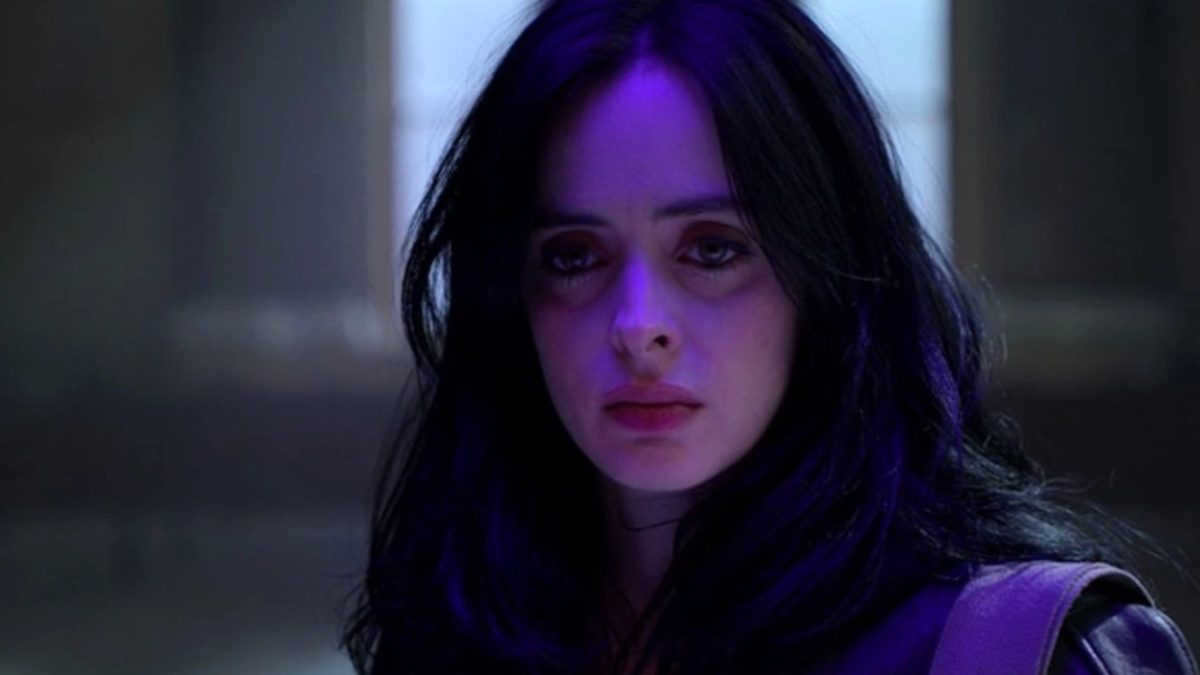Mental health conditions are often stigmatized and barely ever accurately depicted in modern media. As a result, cinematic portrayals of mental illness can be overplayed and often drowning in stereotypes, making those of us that suffer feel horrendously misrepresented. Nevertheless, along with the degrading, insensitive enactments of mental illness that paint these disorders in a dangerous light, some exceptions approach the delicate topic with maturity, consideration, and insight.
For sufferers all around the world, informative representation is a crucial stepping stone to stomping out ignorance and reaching a sensitive sense of mutual understanding regarding the disastrous and long-standing effects of living with a progressively worsening condition. Here are some respectable cinematic portrayals of mental illness that capture the experience with precision and empathy.
Ratched (2020) – Dissociative Personality Disorder
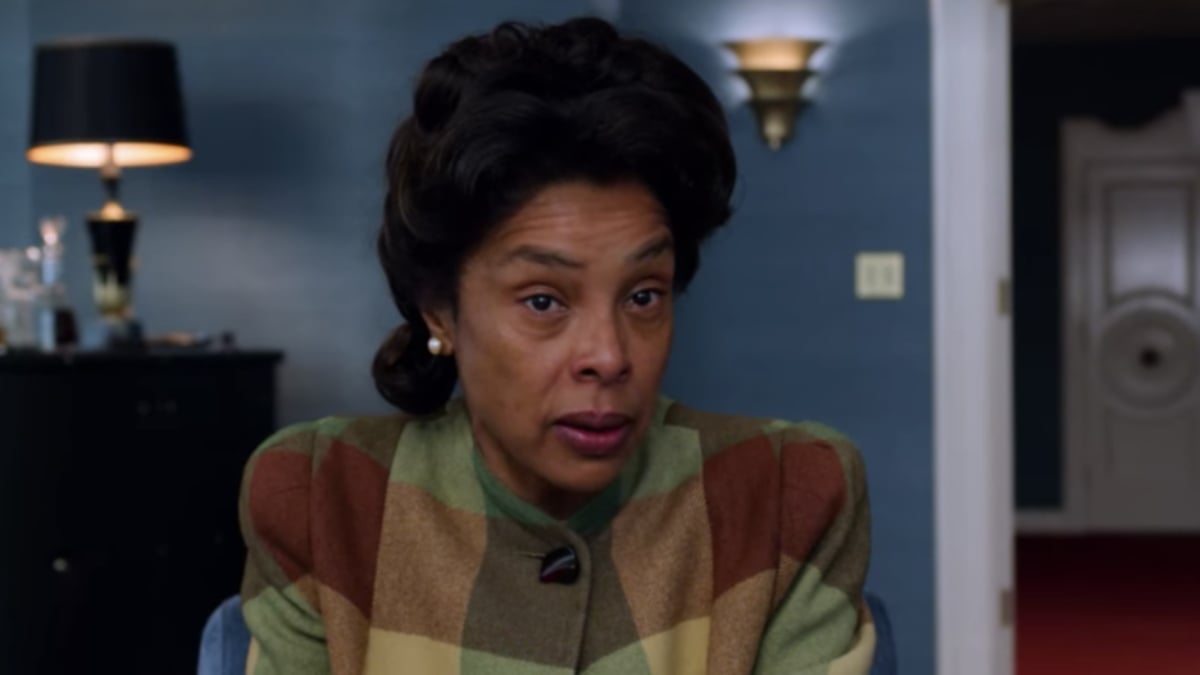
Ratched is a suspenseful drama series that premiered on Netflix in September 2020. Its premise follows Mildred Ratched (Sarah Paulson), a nurse who begins to infiltrate a leading psychiatric hospital and bend its operations to her will. Within Lucia State Hospital, many patients are suffering from various mental health conditions. Sophie Okonedo (Death on the Nile) portrays Charlotte Wells, a patient at Lucia State with dissociative identity disorder, previously known as multiple personality disorder, which is diagnosed by the maintenance of at least two distinct and relatively enduring personality states.
As Ratched progresses, Okonedo delivers a convincing performance of the complicated behavioral disorder. Another compelling cinematic portrayal of this specific mental illness can be seen in Split (2016), wherein James McAvoy’s character, Kevin Crumb, maintains 23 distinctive personalities. Okonedo received a Primetime Emmy Award nomination for her portrayal in 2020, but ultimately lost out to Succession‘s Cherry Jones.
To The Bone (2017) – Anorexia Nervosa
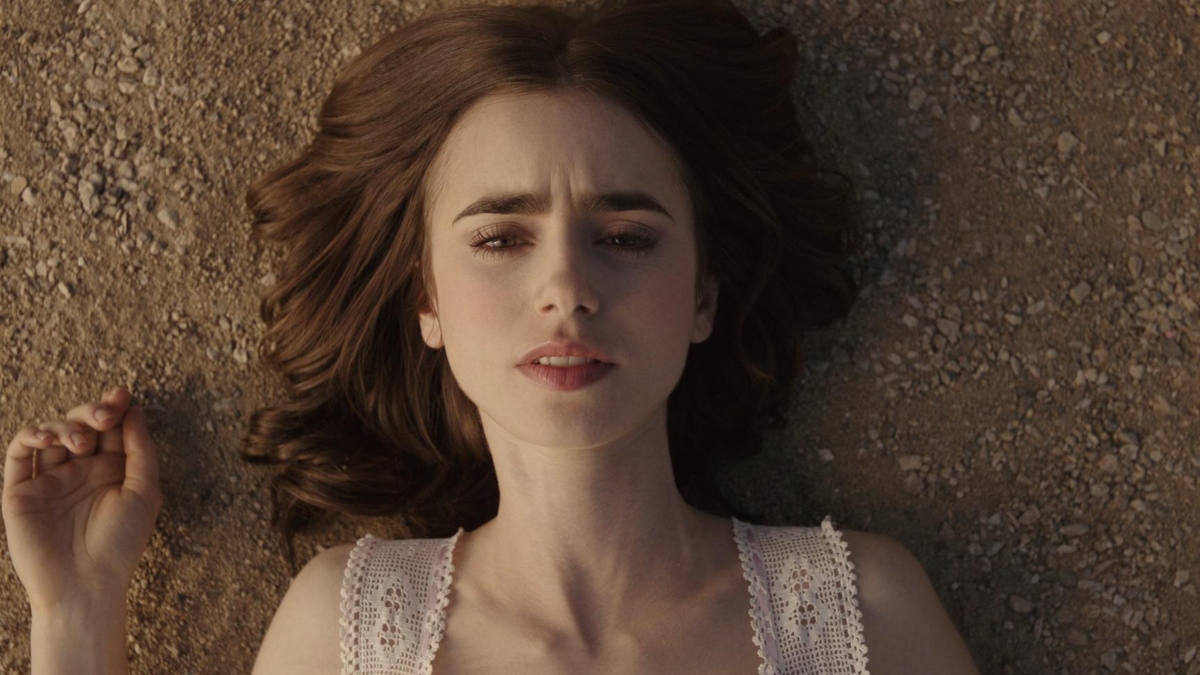
Premiering in 2017 on Netflix, To The Bone tells the heartbreaking story of Ellen (Lily Collins), an unruly 20-year-old anorexic girl who spent the better part of her teenage years in various recovery programs. Determined to find a solution, her dysfunctional family agrees to send her to a group home for youths, where Ellen must discover for herself how to attempt self-acceptance.
Collins’ character suffers severely from an eating disorder known as anorexia nervosa, wherein you feel a need to keep your weight as low as possible and will achieve this by eating very little or missing meals. To The Bone depicts an eating disorder with divine sensitivity, but never shies away from hard-hitting moments that shed light on the reality of mental illness and the devastation it can cause.
Jessica Jones (2015-2019) – Post-Traumatic Stress Disorder
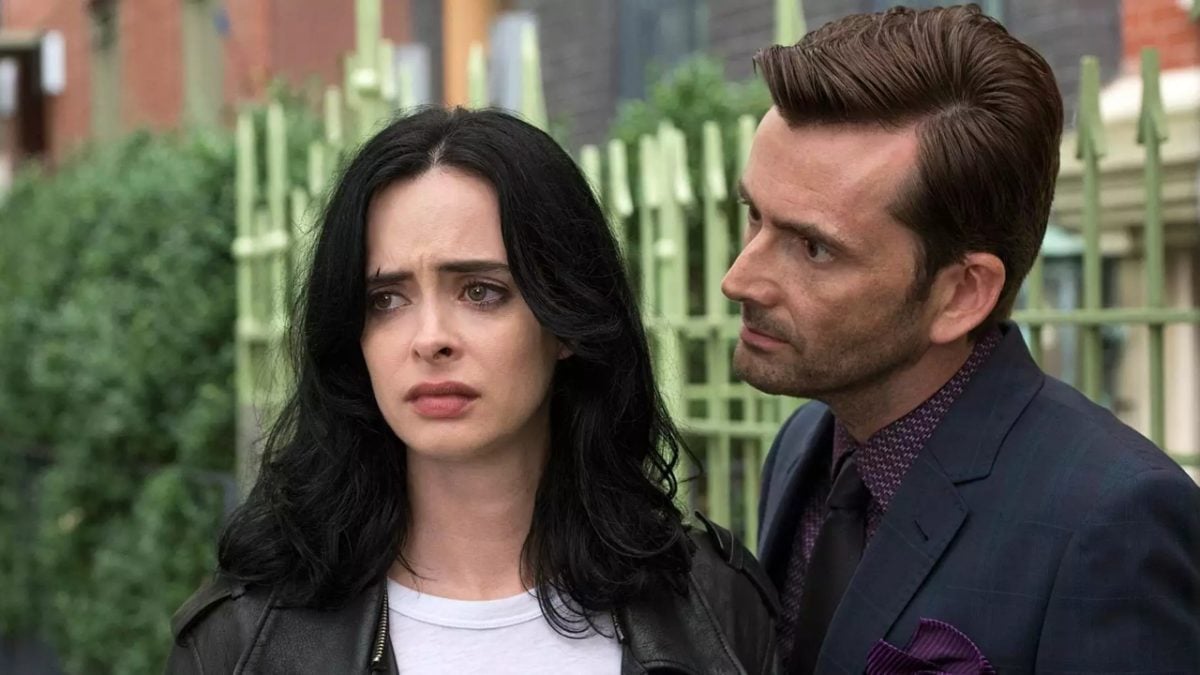
Another Netflix hit, Marvel’s Jessica Jones chronicles the life of the titular Jessica Jones (Krysten Ritter), a former superhero turned alcoholic private investigator. After an incident involving a mind-controlling psychopath known as Kilgrave (David Tennant) results in an unwitting murder, Jessica begins to suffer from post-traumatic stress disorder (PTSD). Symptoms of PTSD include flashbacks, nightmares, feeling very anxious, and difficulty sleeping.
Throughout Jessica Jones, its titular protagonist relives the traumatic event through nightmares and flashbacks and experiences feelings of isolation and irritability for unintentionally committing a crime under the influence of Kilgrave’s mind control. She also suffers from survivor’s guilt for walking away from a car crash that killed the rest of her immediate family. Jessica feels wholly responsible, despite knowing that Kilgrave forced her to kill, which allows her PTSD to fester and riddle her with unbearable guilt. Krysten Ritter portrays the symptoms with empathy and understanding, having worked especially hard to focus on representing PTSD to the best of her ability.
Joker (2019) – Antisocial Personality Disorder

Joker was a commercial success and global sensation when it hit theaters in 2019. However, audiences may be unaware that what lies beneath The Joker’s sadistic and murderous tendencies is far more than a desire to harm. DC Comics’ most notorious villain suffers from a mental illness called antisocial personality disorder, commonly associated with psychopathic tendencies within a fictional context. Joker is manipulative, deceitful, reckless, and otherwise emotionless and lacking empathy or remorse. He lacks guilt, blames others for his behavior, and repeatedly breaks the law.
Joaquin Phoenix delivers a believable depiction of antisocial personality disorder, especially since it manifests itself as an important character trait for The Joker and provides further insight into his motives. Joker even mentions the stigmatization of mental illness when Arthur Fleck writes a passage in his joke journal that reads: “The worst part of having a mental illness is people expect you to behave as if you don’t.”
Donnie Darko (2001) – Schizophrenia

Set in October 1988, Donnie Darko follows its titular character, Donnie Darko (Jake Gyllenhaal), a troubled teenager who narrowly escapes a bizarre accident. He has visions of Frank, a mysterious figure in a rabbit costume, who informs him that the world will end in about a month’s time. Frank begins to manipulate Donnie to commit several crimes, but his hallucinations are reminiscent of schizophrenia, which is a mental illness that causes someone to see, hear or believe things that are not real.
Due to his confused thinking, Donnie blurs the lines of morality and begins to lose his sense of morality. Frank uses the illness against him, which is an on-the-nose example of how someone suffering from mental illness can be mistreated.
Silver Linings Playbook (2012) – Bipolar Disorder
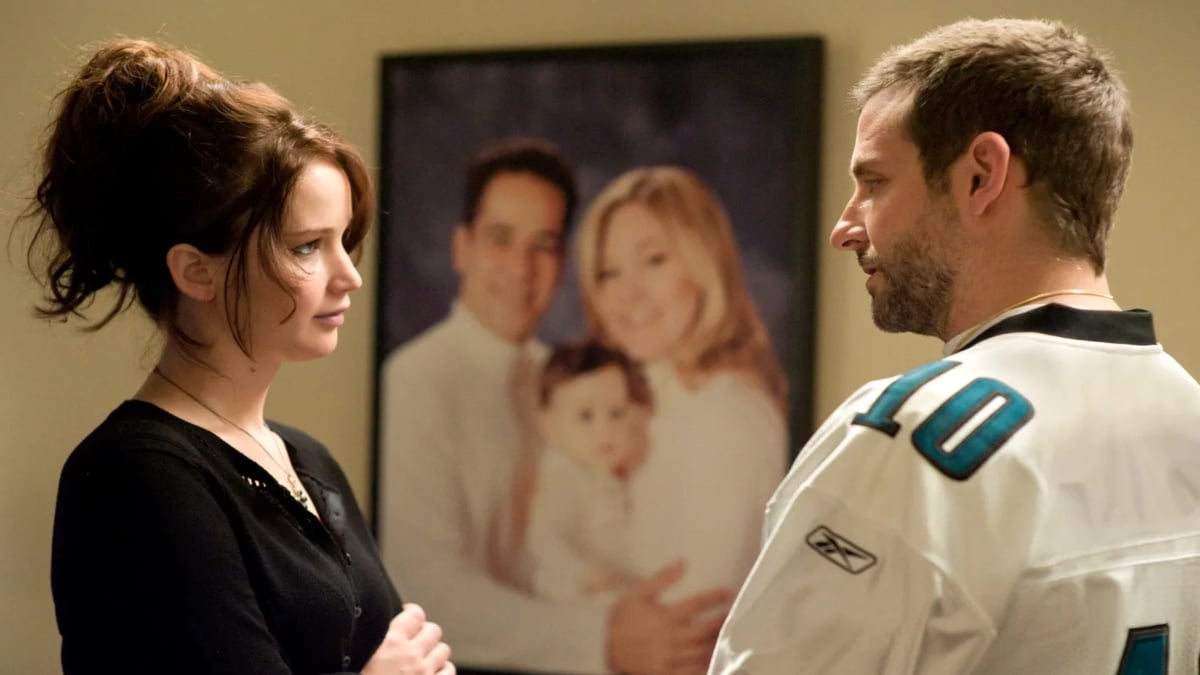
Silver Linings Playbook is a romantic comedy-drama that follows Pat Solitano (Bradley Cooper), a man with bipolar disorder. Pat is released from a psychiatric hospital and moves back in with his parents, determined to win back his estranged wife and rebuild his life anew. Bipolar disorder is a mental illness that causes extreme mood swings, usually fluctuating between mania and depression. They are described as episodes of extreme highs and lows.
Pat has periods of sleeplessness and paranoia, hatches wild plans to win back his wife despite her restraining order, and resists taking medication. He blurts out his uncensored thoughts, flies into triggered rages, and hallucinates when stressed. There aren’t many thoughtful portrayals of bipolar disorder because not only is it a more taboo condition but it isn’t as openly discussed as something like depression or anxiety. There are also many misconceptions about bipolar individuals, such as the assumption that they’re inherently dangerous or abusive.
World’s Greatest Dad (2009) – Depression

In World’s Greatest Dad, Lance Clayton (Robin Williams) is a high school teacher whose son accidentally kills himself. Subsequently, Clayton writes a fake suicide note to evade scandal, which is published in the school paper. Lance claims the literary renown he always dreamed of and continues the ploy by writing a diary. However, it becomes explicitly clear that Lance suffers from severe depression that stems from his growing guilt.
Depression is a low mood that lasts for weeks or months and severely affects daily life. Symptoms include feeling unhappy or hopeless, low self-esteem, and finding no pleasure in activities that one would usually enjoy. Having lost his son, it is perfectly reasonable for Lance to plummet into a deep depression and mask his sadness by coveting the fame he so desperately desires. Major depressive disorder is among the most commonly misdiagnosed conditions, second only to bipolar disorder. Oftentimes, personality disorders are masked as clinical depression, therefore patients are treated purely for persistent low mood, not for a fluctuating emotional state.
Adaptation (2002) — Generalized Anxiety Disorder
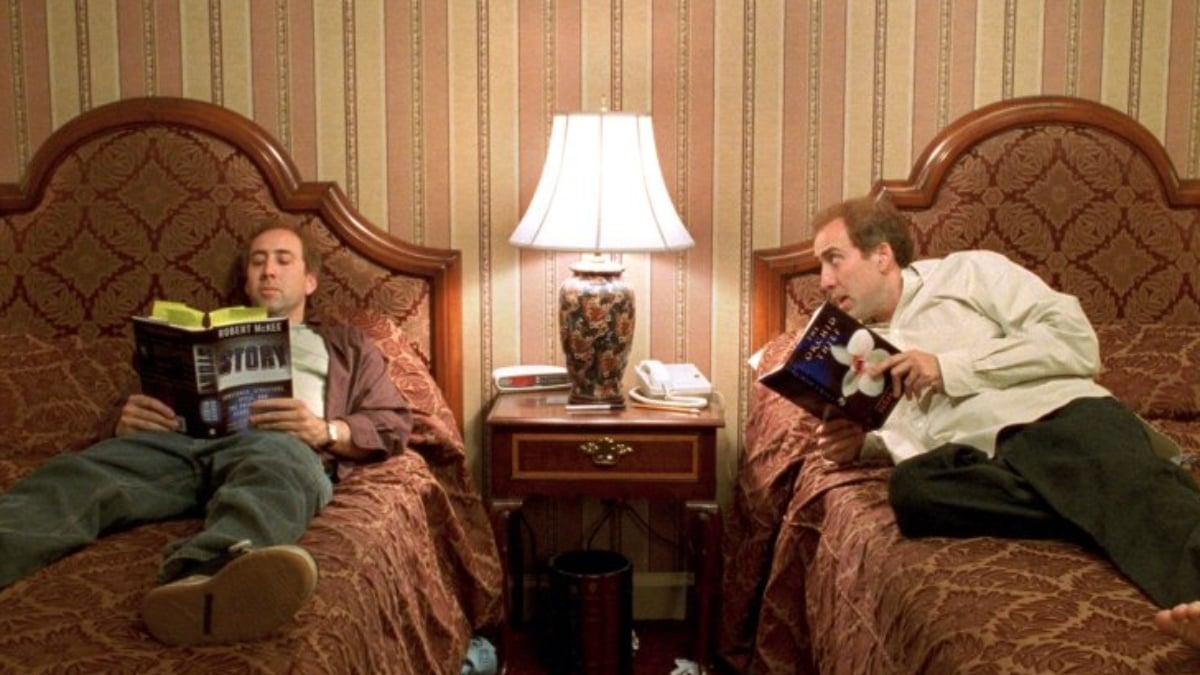
Nicolas Cage and Meryl Streep heading the cast of Adaptation is all the persuading you need to give it a try. Cage stars as Charlie Kaufman, a self-loathing screenwriter seeking to adapt Susan Orlean’s The Orchid Thief into a screenplay. Alongside an anxiety disorder, Kaufman also struggles with social phobia, depression, and low self-esteem. While suffering from severe writer’s block, Charlie learns that his free-loading twin brother Donald has found success as a screenwriter and envies him. Adaptation is based on the true story of Charlie Kaufman (ironically the screenwriter for the film), who actually endured a crippling sense of inadequacy when attempting to adapt Orlean’s novel.
In a general sense, anxiety disorder is diagnosed from constant feelings of stress or nervousness, a sense of impending danger, having trouble concentrating/sleeping, dizziness or heart palpitations (during an anxiety episode, commonly referred to as a ‘panic attack’), and inescapable restlessness.
Juno (2008) – Attention Deficit Hyperactivity Disorder

In 2008, the drama-comedy, Juno, introduced its audience to an accurate representation of attention deficit hyperactivity disorder (ADHD or ADD). Its premise revolves around Juno, a social misfit who protects herself with a caustic wit, but an unplanned pregnancy begins to drastically change her life. Juno MacGraff, the titular character of this 2007 coming-of-age story, often acts or speaks without thinking — frequently with uncomfortable or even life-changing results. She is immensely confident in herself — a challenge for many with ADHD — but struggles to control her impulsive actions.
ADHD is a condition that includes symptoms such as inattentiveness, hyperactivity, and impulsiveness. Someone suffering from ADHD will typically have a short attention span, constantly fidget, and act without thinking. Elliot Page, who portrays Juno, provides an essential cinematic portrayal of mental illness that would otherwise go unseen. Like bipolar disorder, ADHD is rarely mentioned or addressed as much as it should be.
Girl, Interrupted (1999) — Borderline Personality Disorder (BPD)

Straight from the mind of Oscar-winner James Mangold, Girl, Interrupted stars powerhouse duo Winona Ryder and Angelina Jolie as two mentally ill individuals whose lives intertwine. Ryder plays Susanna Kaysen, who was diagnosed with borderline personality disorder (also called emotionally unstable personality disorder) at the age of 18. As for Jolie, she portrays Lisa Rowe, who was diagnosed as a sociopath for exhibiting charismatic, manipulative and abusive behavior. After attempting suicide, Kaysen spends 18 months in a psychiatric hospital from 1967 and 1968, where she meets Lisa. As if the leading ladies weren’t enough star power alone, the ensemble cast includes Clea DuVall, Brittany Murphy, Whoopi Goldberg, Elisabeth Moss, Angela Bettis, Vanessa Redgrave, and Jared Leto.
The screenplay was adapted from the autobiographical memoir of the same name by Susanna Kaysen, wherein the author details her time in a psychiatric hospital. As for BPD, the symptoms are grouped into four main categories; emotional instability – the psychological term for this is affective dysregulation; disturbed patterns of thinking or perception – cognitive distortions or perceptual distortions, impulsive behavior, and intense but unstable relationships with others. These symptoms usually emerge from childhood and persist into adulthood.
As Good as It Gets (1997) — Obsessive-Compulsive Disorder
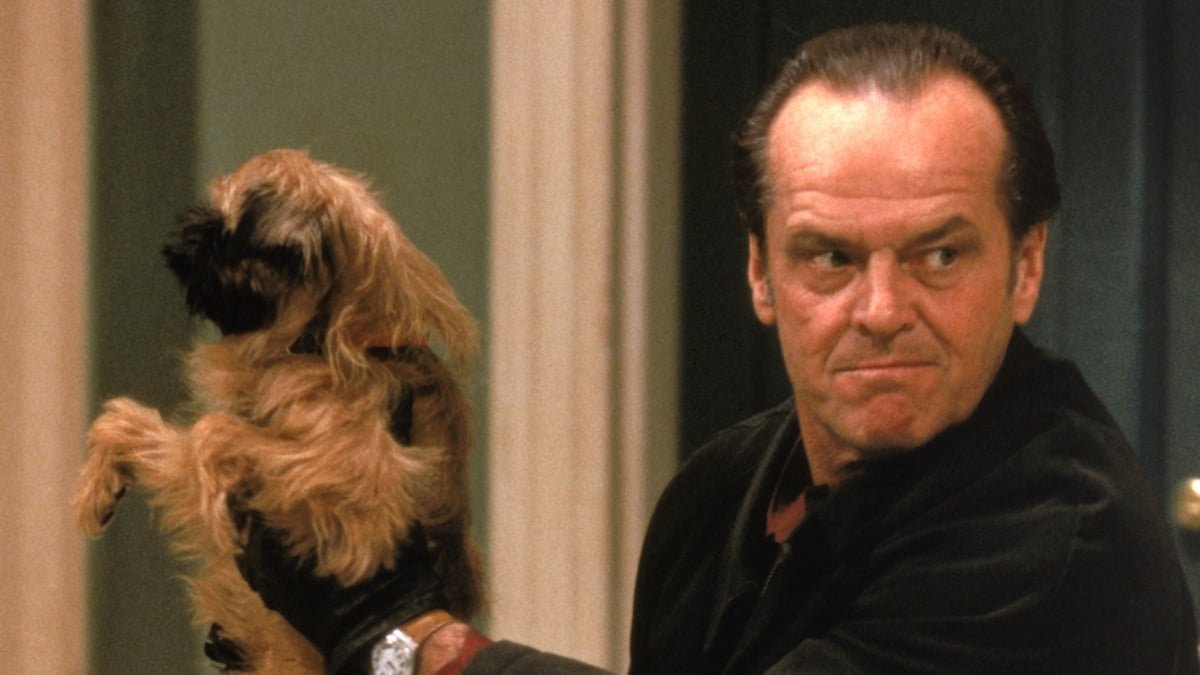
Jack Nicholson? Sign us up. If you don’t know him as the Joker, you might know him from As Good as It Gets, a romantic-comedy directed by James L. Brooks that sees Nicholson as Melvin Udall, a misanthropic, bigoted, and obsessive–compulsive novelist, and Helen Hunt as a single mother with a chronically ill son. Interestingly, this was the first film to win both lead acting awards since Jodie Foster and Anthony Hopkins in 1991’s The Silence of the Lambs.
Similar to BPD, the symptoms of Obsessive Compulsive Disorder are categorized into three main elements; obsessions — where an unwanted, intrusive and often distressing thought, image or urge repeatedly enters your mind, emotions — the obsession causes a feeling of intense anxiety or distress, and compulsions — repetitive behaviors or acts that a person with OCD feels driven to perform as a result of the anxiety and distress caused by the obsession. Essentially, symptoms manifest in some such ways; contamination/washing; doubt/checking; ordering/arranging; and unacceptable/taboo thoughts. There’s a common misconception that OCD purely revolves around an aversion to mess and an intense focus on cleanliness.
If you or someone you know may be considering suicide, contact the National Suicide Prevention Lifeline at 1-800-273-8255 (En Español: 1-888-628-9454; Deaf and Hard of Hearing: 1-800-799-4889) or the Crisis Text Line by texting HOME to 741741. A list of international crisis resources can be found here.

